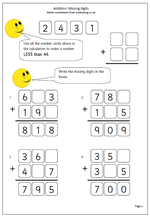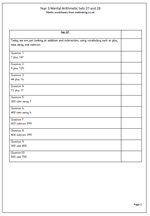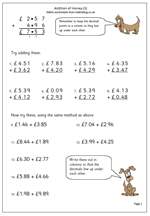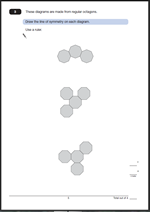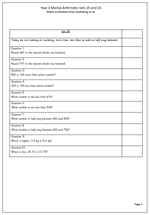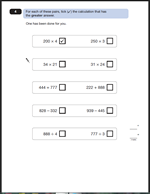 We continue our look at the KS2 Maths 2011 Paper B with this question, which should be an easy 2 marks, but all too often little errors are made when using a calculator.
We continue our look at the KS2 Maths 2011 Paper B with this question, which should be an easy 2 marks, but all too often little errors are made when using a calculator.
Two marks awarded for all four rows correct.
One mark awarded for 3 out of 4.
No marks for 2 or less correct.
Other clear indications of the answer, such as a cross or Y will also gain the mark.
Suggested method:
The key to answering this question is to remember that a calculator is available and to take each pair of questions separately.
Children should be able to use the keys properly. They should know how to clear the calculator, how to enter numbers and operations and how to read the results. Interpreting the results is also important and it is essential to look at the answer to check that it is sensible – within a range of what is expected.
For example 34 x 21 is going to be around 600 or 700.
With these questions it is a good idea to jot down each of the two answers and then compare them. It is essential that the calculator is cleared after each calculation.
Question 4 from SAT Paper B 2011
Question 4 answers and suggested method 2011 paper B
